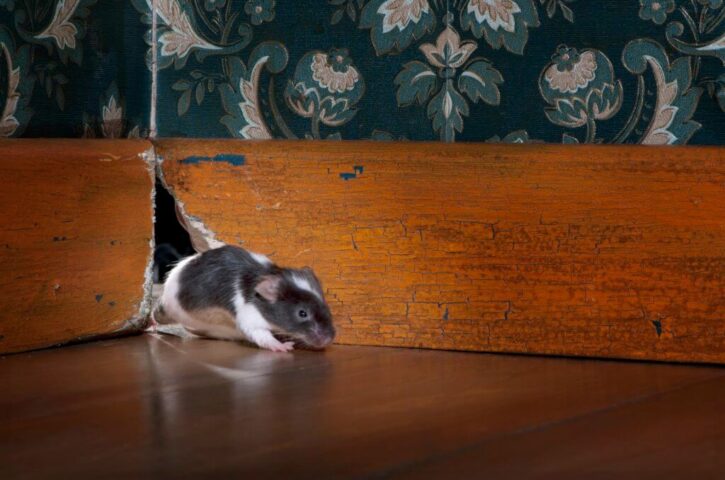
More people are getting older worldwide, so designing spaces suited for seniors is becoming key. This holds especially true in places like dementia care homes where the design can greatly affect how residents live their lives.
Good layout designs create beautiful spaces that not only keep seniors safe and meet practical needs but also enhance their well-being. We’re going to explore four major parts of interior design crucial to creating environments friendly to our elders.
Ergonomic Furniture and Fixtures
Designing for seniors means picking out ergonomic furniture and fixtures. This includes pieces that naturally fit the body, lessen strain, and are user-friendly. For elders who might struggle with movement or strength, having correctly sized furniture is a must. Chairs should have adjustable heights, supportive armrests, and comfortable but firm cushions to make sitting down or standing up easier.
Fixtures like door handles need to be intuitive, too, like lever-style over knobs, as they’re usually simpler to use. Don’t forget about the color contrast between furniture and floors. It can guide those struggling with sight through spaces more easily.
Lighting and Color Scheme
Lighting is key to making safe, comfortable spaces for seniors. Good lights can stop falls and help elders carry out daily tasks with ease. Let in as much natural light as you can. Do away with shadows or glare using evenly spread artificial lighting.
The color scheme matters, too. It sets the mood and helps orientation. Cozy, warm tones create a calm vibe while bright contrasting hues make objects stand out, which aids the differentiation of areas or items easier. Especially when eyesight might be failing, your choice of colors should always aid visuals, not hinder them.
Safe and Accessible Layouts
To make a space great for seniors, the layout must focus on safety and easy access. This means less clutter and clear paths, which is extra handy for those using help like walkers or wheelchairs.
Secure your rugs well or skip them altogether to stop people tripping over them. Design key spots like bathrooms with care, like walk-in showers, built-in grab bars, and no-slip floors. An open floor plan can work wonders, too. It simplifies getting around while also making spaces feel free and independent.
Technology and Smart Design
Tech can add a lot of value to senior-friendly spaces. Things like smart home lights, voice gadgets, and sensor alerts give seniors more control over their space while boosting safety.
Cool new tech ideas, such as floor sensors that catch falls or GPS tracking for dementia patients, reassure both seniors and carers alike. Yet, any tech used should be easy to use and blend in with the decor so it doesn’t disrupt but rather enhances modern comfort.
Conclusion
Creating senior-friendly spaces needs careful consideration of style, practicality, and safety. We can merge comfortable furniture, good lighting, easy-to-navigate layouts, and smart tech to meet elderly’s physical needs while boosting their life quality. As more people grow older globally, these fresh design ideas become key in making environments that respect seniors.














